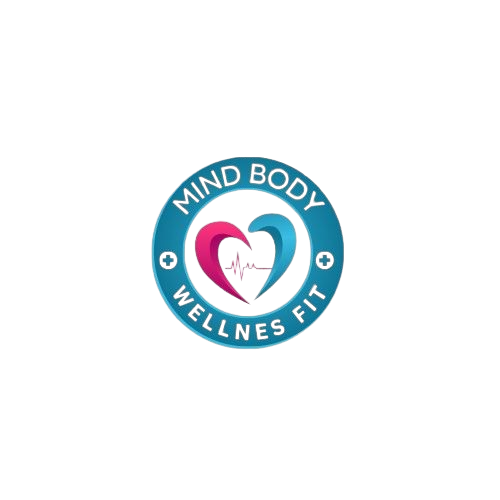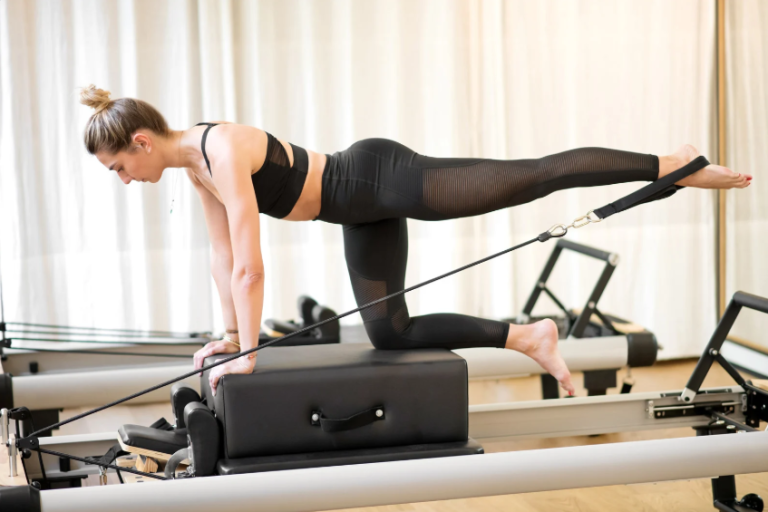Back pain and limited spine mobility are common issues that affect millions of people globally. Whether caused by poor posture, sitting for extended periods, or muscle imbalances, these issues can significantly impact quality of life. Fortunately, Pilates offers an effective solution for improving back health and enhancing spine mobility. In this article, we’ll explore how Pilates can alleviate back pain and boost spinal flexibility, providing a holistic approach to better posture and movement.
What Is Pilates?
Pilates is a low-impact exercise system focused on improving core strength, flexibility, and posture. Developed by Joseph Pilates in the early 20th century, this practice combines controlled movements with mindful breathing to strengthen muscles, particularly the core, and improve alignment. Pilates exercises are designed to engage and stabilize the muscles that support the spine, making it a powerful tool for those seeking relief from back pain and looking to enhance spine mobility.
How Pilates Improves Back Pain
Back pain is often caused by weak or imbalanced muscles in the core and lower back. When the muscles surrounding the spine are weak, they cannot support the spine properly, leading to pain and discomfort. Pilates targets these muscles through controlled movements that strengthen the core, back, and pelvis. By engaging and strengthening these key areas, Pilates helps to alleviate pressure on the spine, improve posture, and reduce back pain. Regular practice of Pilates exercises can provide long-lasting relief for individuals suffering from chronic back pain, improving their daily comfort and mobility.
The Role of Pilates in Enhancing Spine Mobility
Spine mobility is crucial for maintaining overall health and functionality. The spine is designed to move in various directions, and restricted mobility can lead to stiffness and discomfort. Pilates exercises promote spinal flexibility by targeting the muscles that control spinal movement, helping to improve the range of motion. Through movements like spinal articulation and gentle stretches, Pilates enhances spine mobility, allowing for smoother, more efficient movement. These exercises not only reduce tension in the back but also increase flexibility, making it easier to perform daily tasks without discomfort.
Pilates Exercises for Back Pain Relief and Spine Flexibility
There are several Pilates exercises specifically designed to relieve back pain and improve spine flexibility. Here are a few examples:
- The Cat-Cow Stretch: This exercise involves moving the spine through flexion and extension, helping to relieve tension in the back and improve flexibility. It encourages fluid spinal movement and enhances mobility while also strengthening the core.
- The Swan Dive: The Swan Dive targets the muscles in the lower back, promoting strength and flexibility. By lifting the chest off the floor and extending the spine, this exercise helps to open up the chest and relieve tightness in the back.
- The Roll Up: One of the most popular Pilates exercises, the Roll Up helps to stretch and lengthen the spine while also strengthening the abdominal muscles. This exercise improves spinal flexibility and encourages smooth movement through the vertebrae.
Each of these Pilates exercises engages the spine, enhancing its flexibility and helping to alleviate back pain. Practicing these exercises regularly can lead to significant improvements in spinal health.
Why Pilates Is a Low-Impact Option for Back Pain
One of the key advantages of Pilates is its low-impact nature, making it an ideal exercise choice for those dealing with back pain. Unlike high-impact activities that can put additional strain on the spine and joints, Pilates focuses on controlled movements and proper alignment. This reduces the risk of further injury or discomfort, especially for individuals who are recovering from a back injury or have chronic pain. Pilates can also be adapted to suit different levels of fitness, making it accessible for anyone seeking to improve their back health without the risk of aggravating existing issues.
How Often Should You Do Pilates for Back Pain?
To experience the full benefits of Pilates for back pain relief and spine mobility, consistency is key. Most experts recommend practicing Pilates 2-3 times per week to build strength and improve flexibility. However, it’s important to listen to your body and progress at your own pace. For beginners, starting with shorter sessions and gradually increasing the intensity is a good way to avoid overexertion. Over time, Pilates can help to build a strong, flexible back, significantly reducing the frequency and intensity of back pain.
Additional Tips for Managing Back Pain with Pilates
When practicing Pilates for back pain relief, it’s essential to pay attention to proper form and alignment. Maintaining a neutral spine during exercises is crucial to avoid unnecessary strain on the back. If you’re new to Pilates or have specific back concerns, it’s advisable to consult with a qualified Pilates instructor who can guide you through the exercises and ensure they’re performed correctly.
In addition to Pilates, incorporating complementary practices such as stretching, strengthening, and mindful movement can further aid in back pain relief. Consistent practice, along with proper posture during daily activities, will support long-term improvements in spine health.
Takeaway
Pilates is an effective and safe method for managing back pain and improving spine mobility. By strengthening the muscles that support the spine and promoting flexibility, Pilates helps to alleviate discomfort and increase overall movement. Whether you’re dealing with chronic back pain or simply seeking to improve your spine’s range of motion, Pilates offers a gentle yet powerful approach to enhancing back health. With regular practice, Pilates can become a key part of your routine for a healthier, pain-free back.






